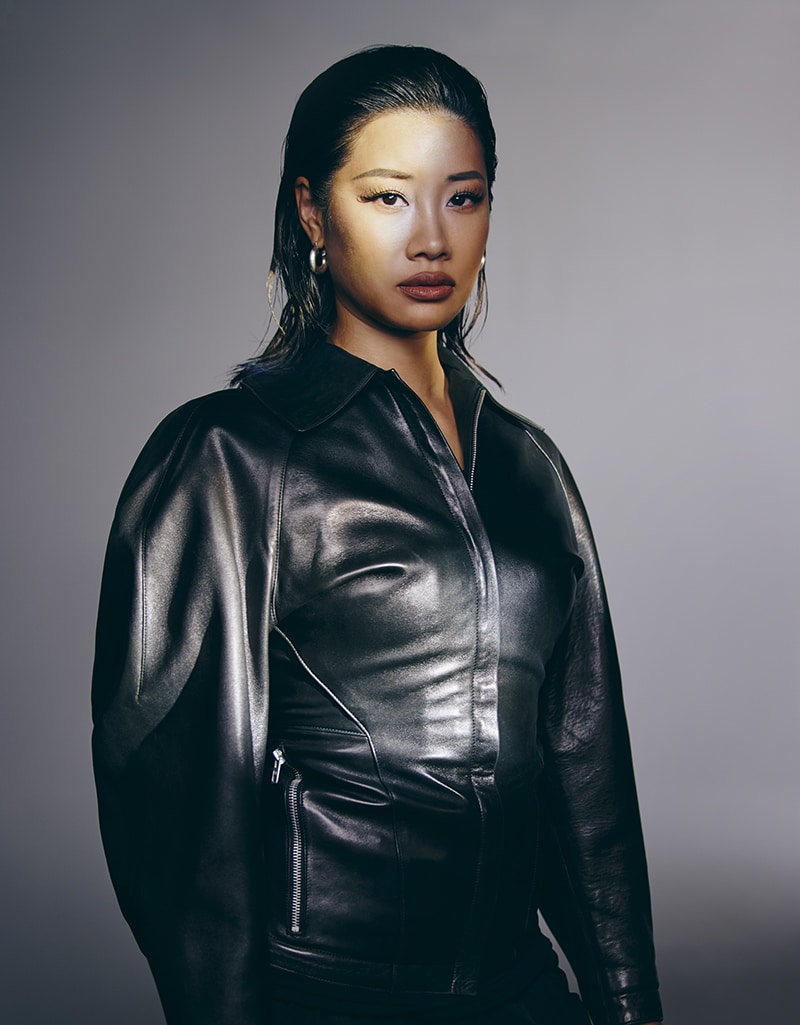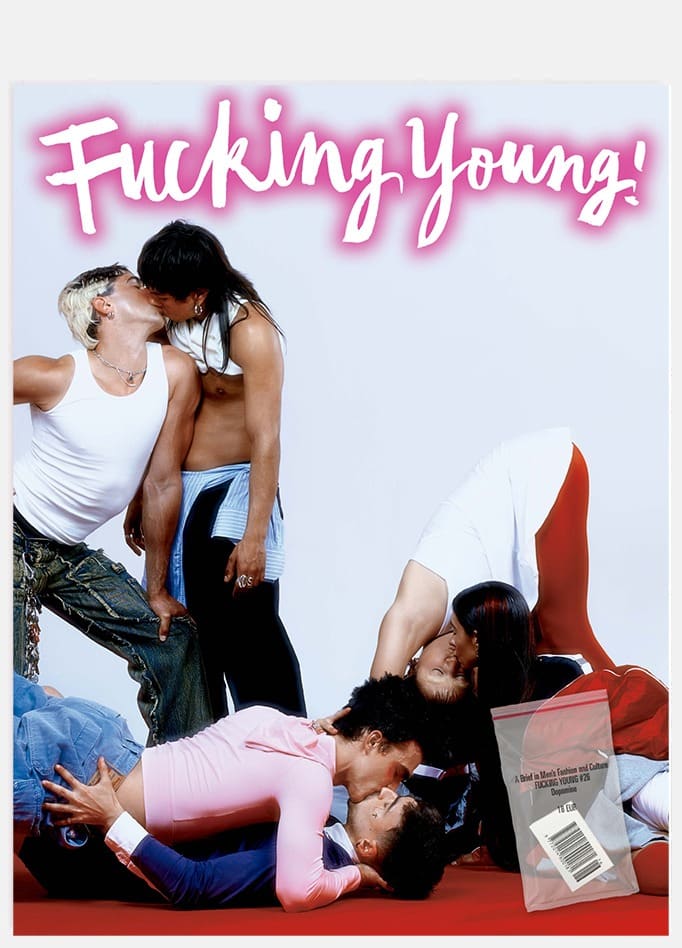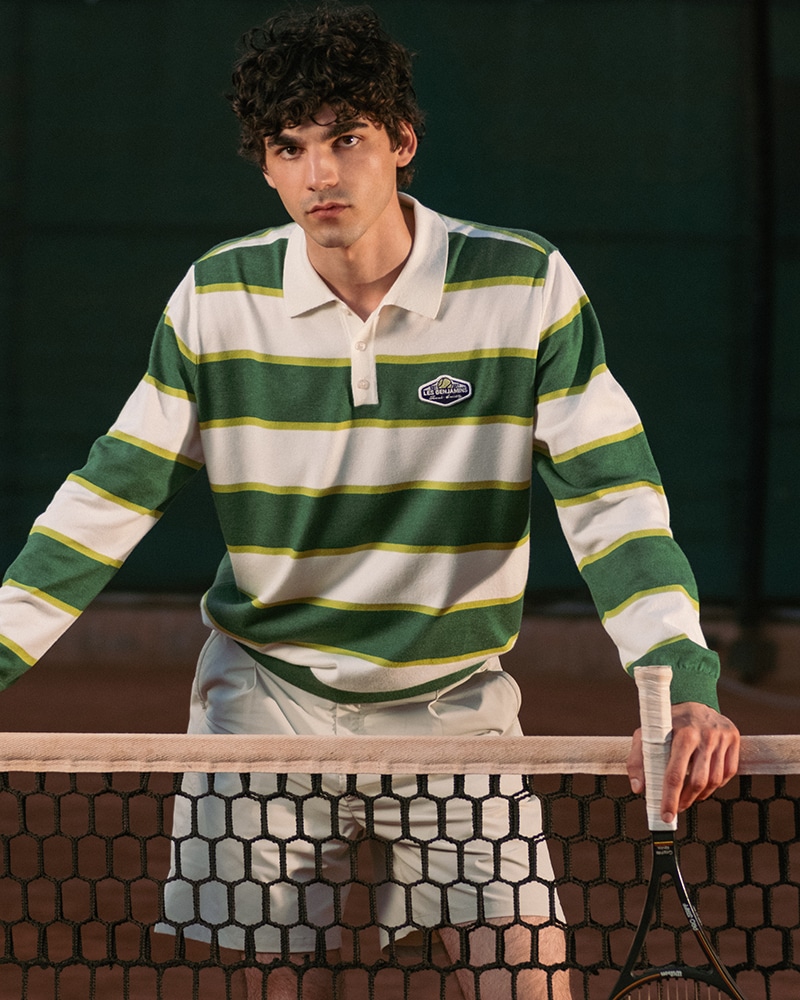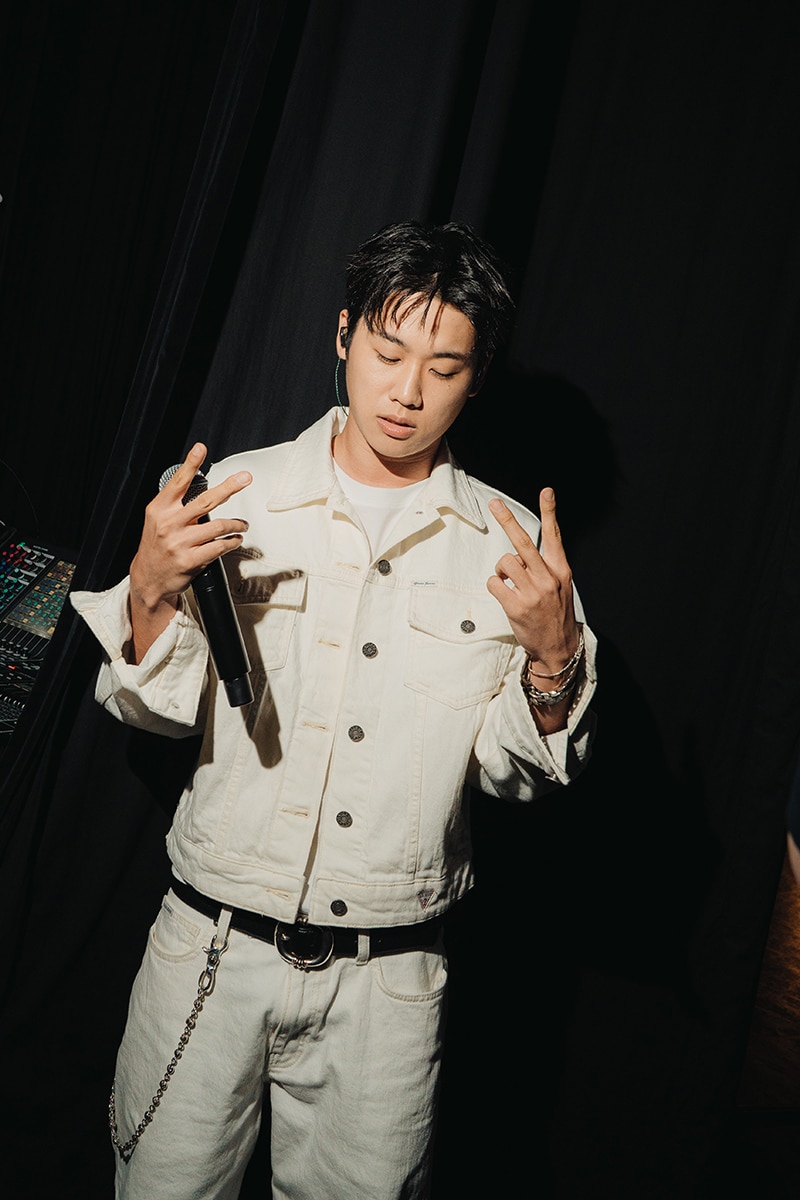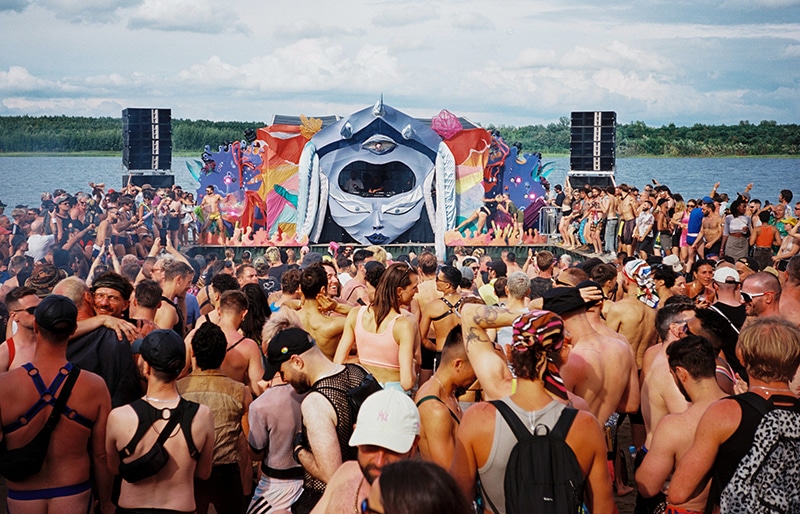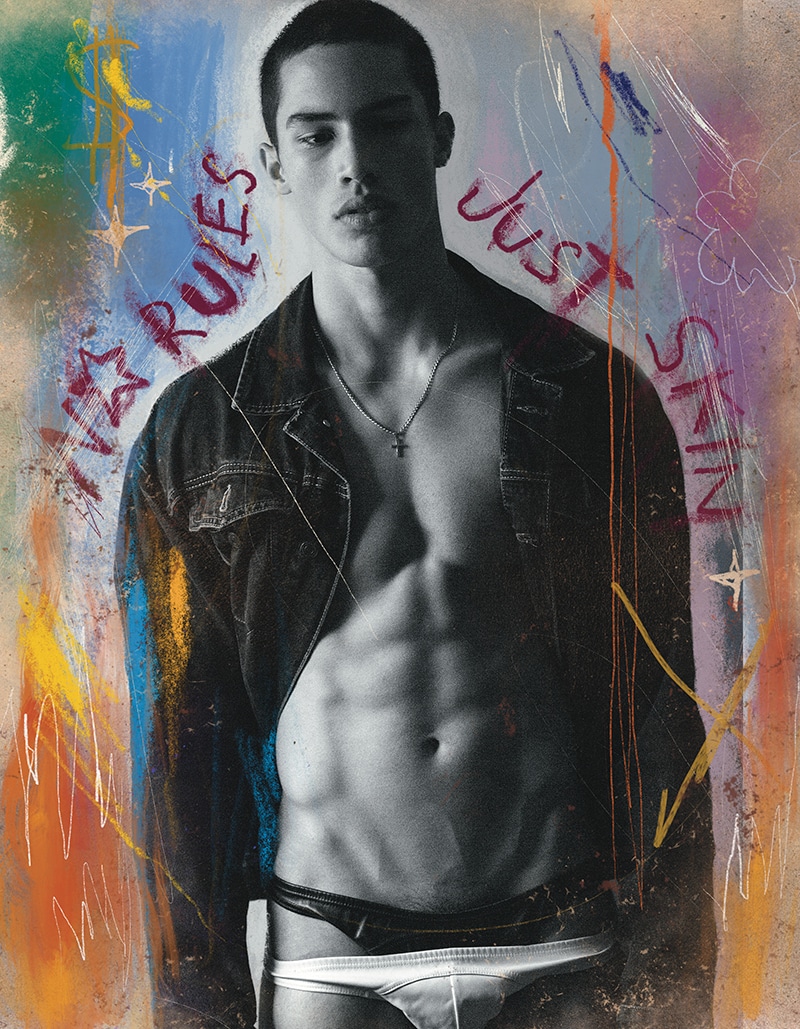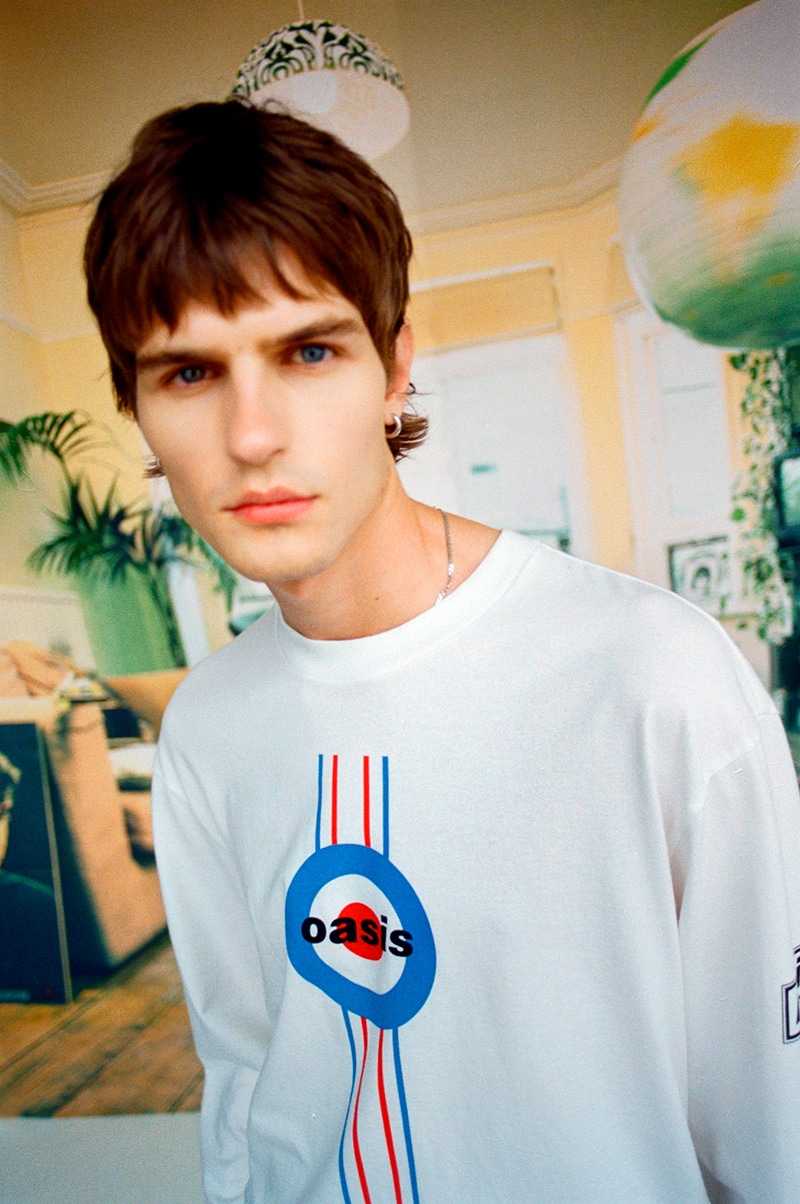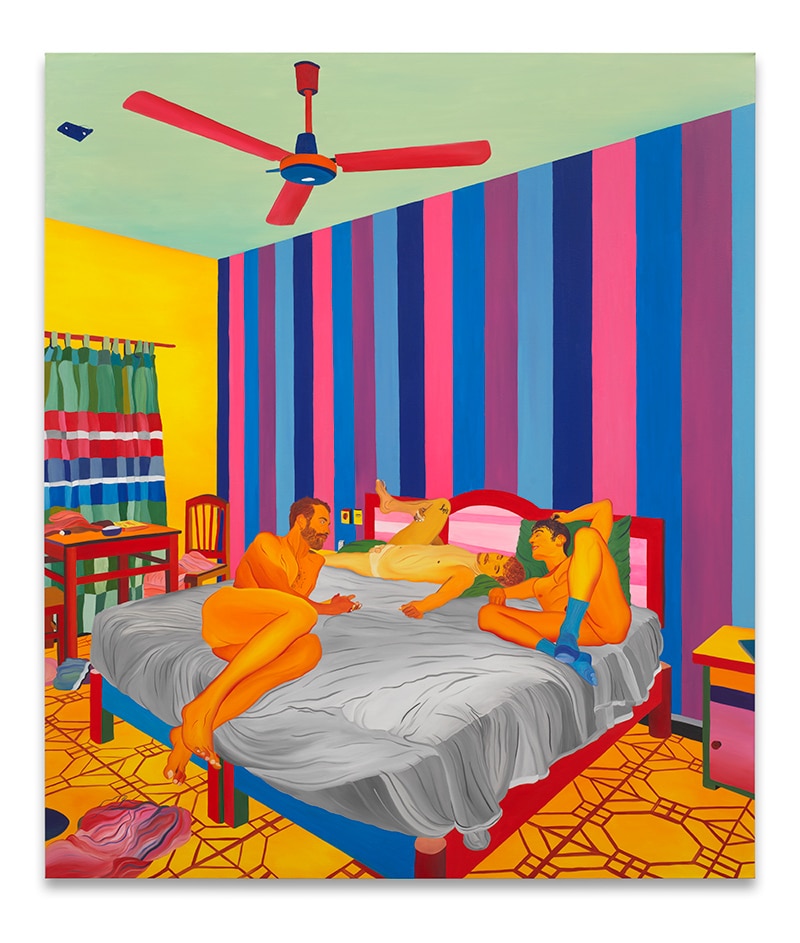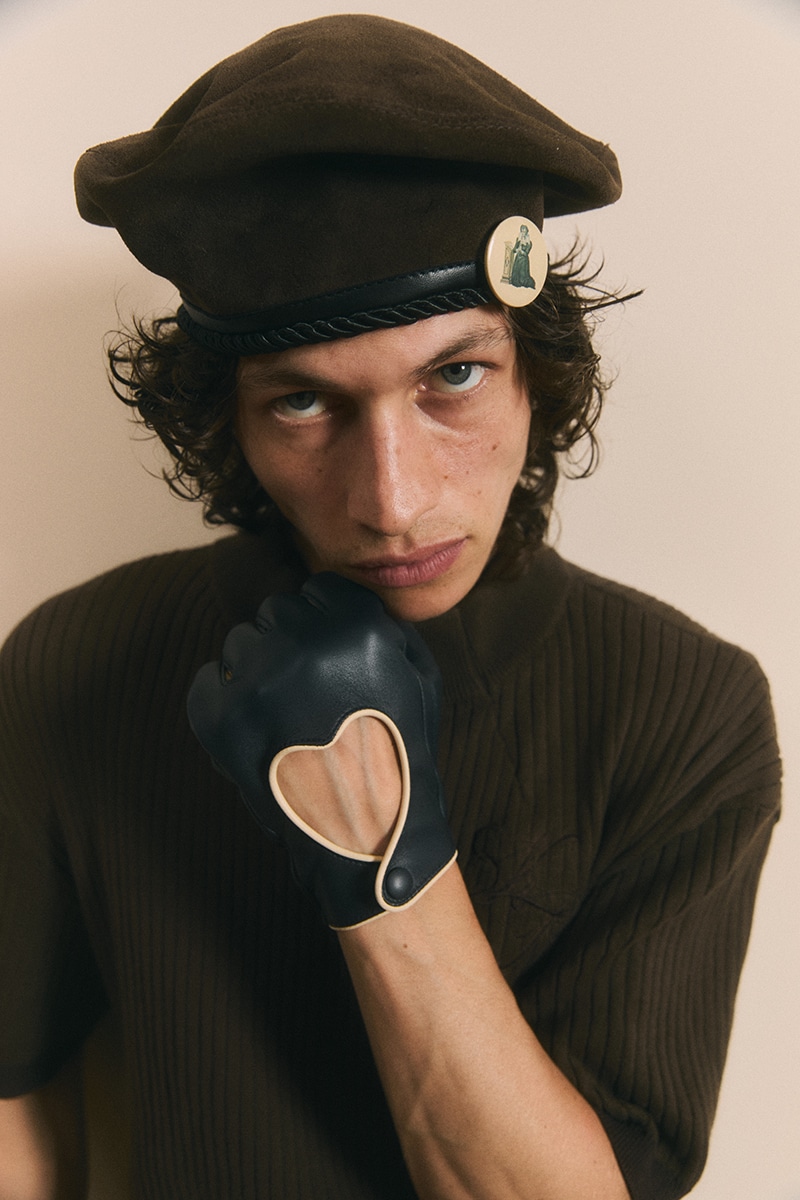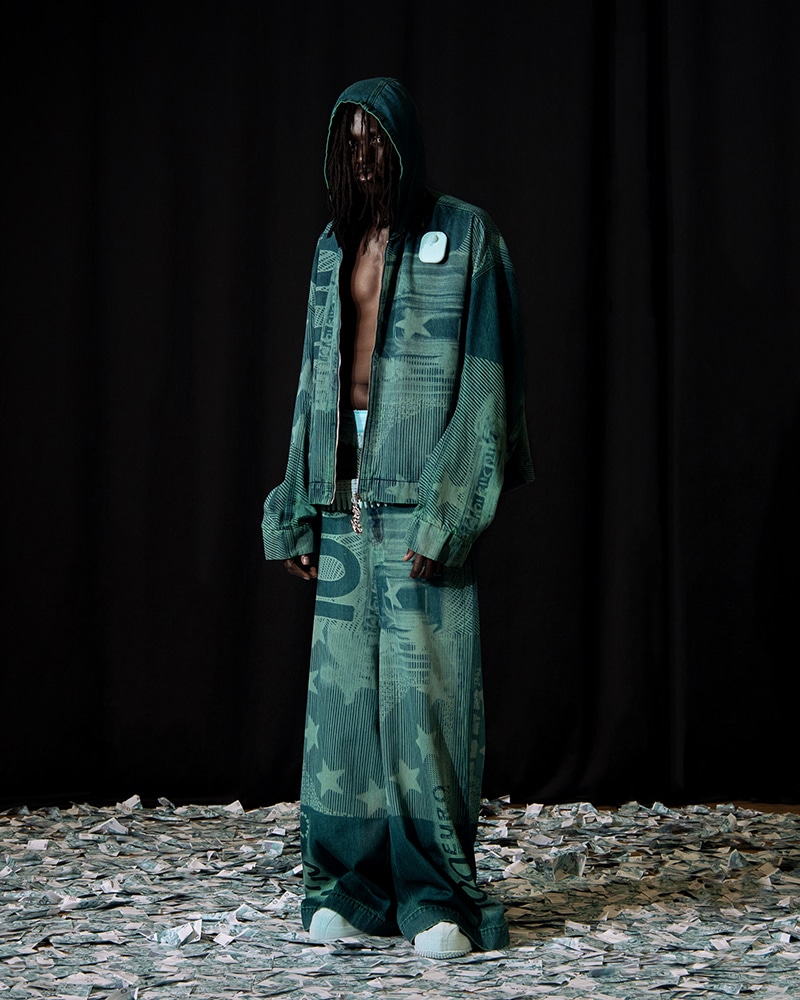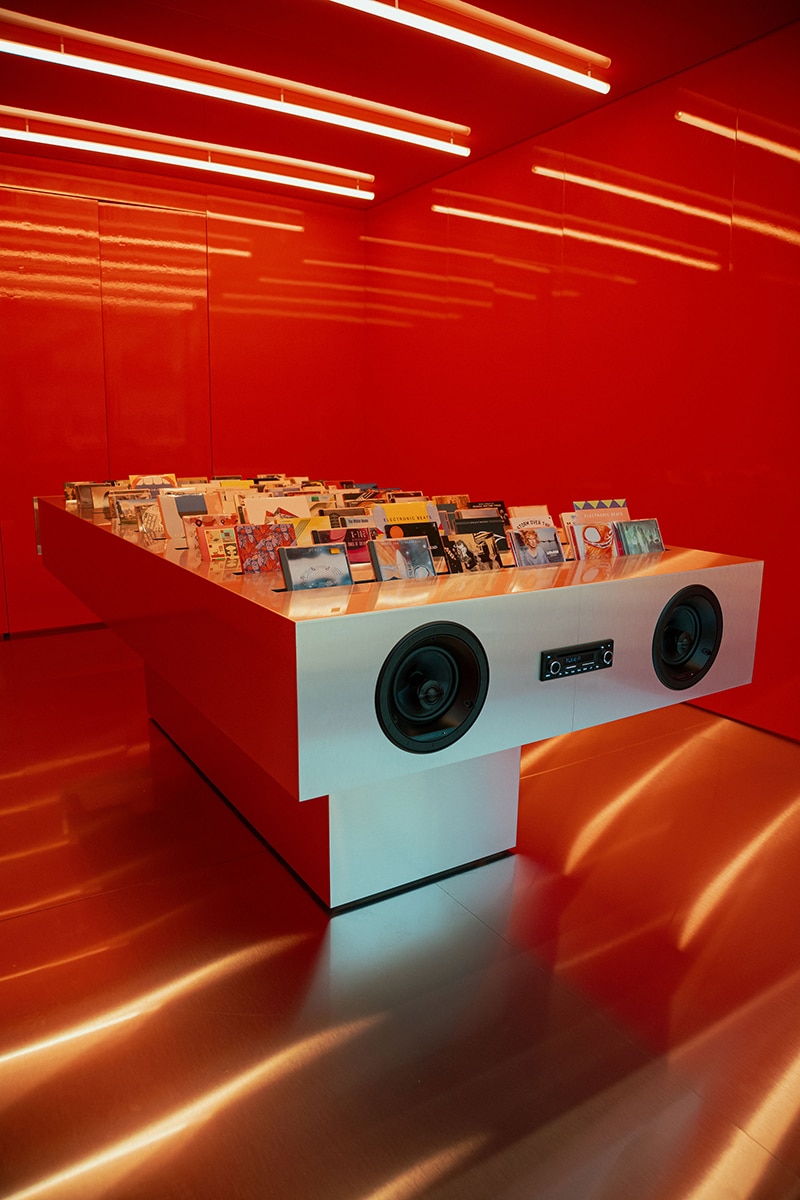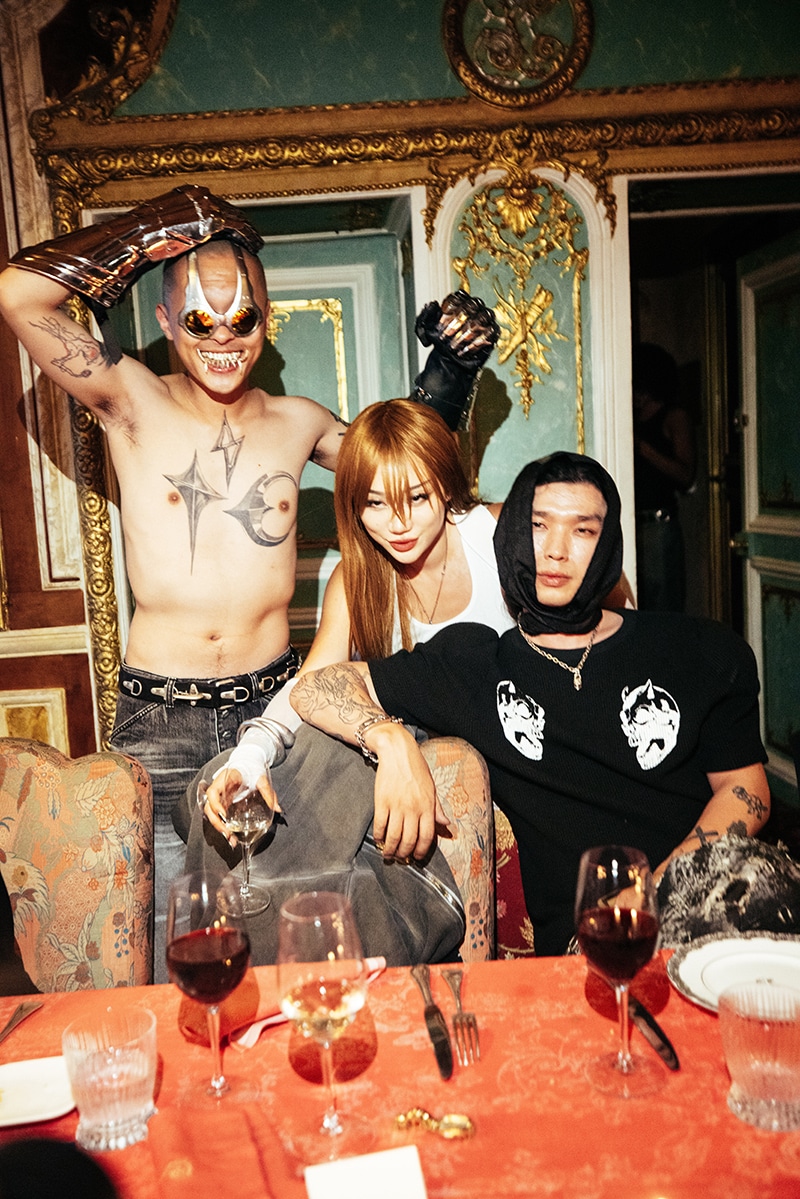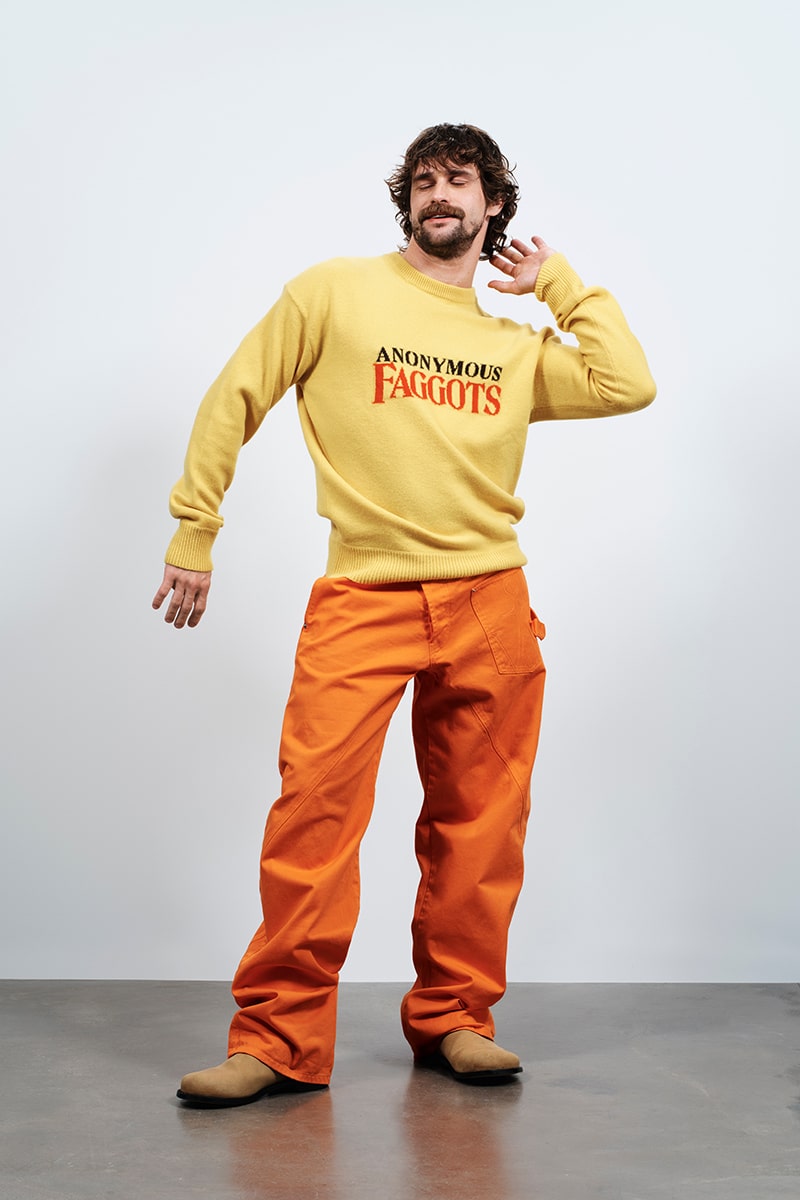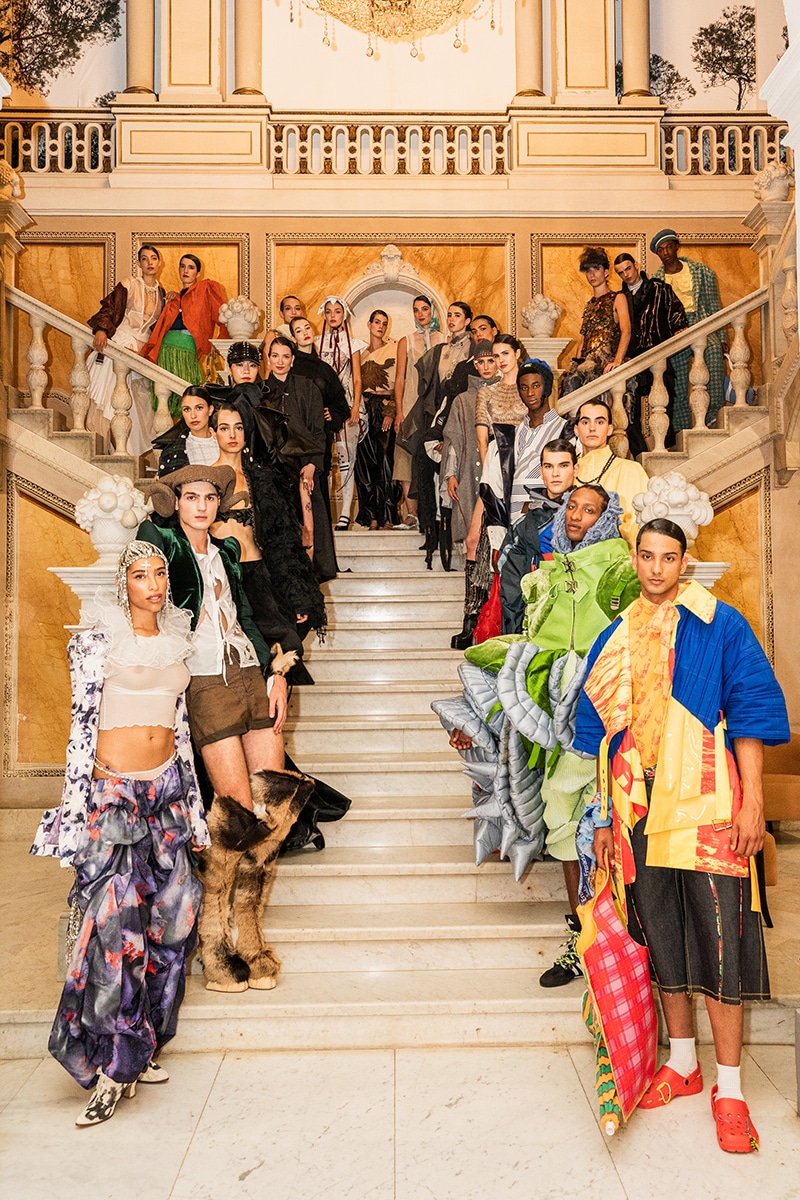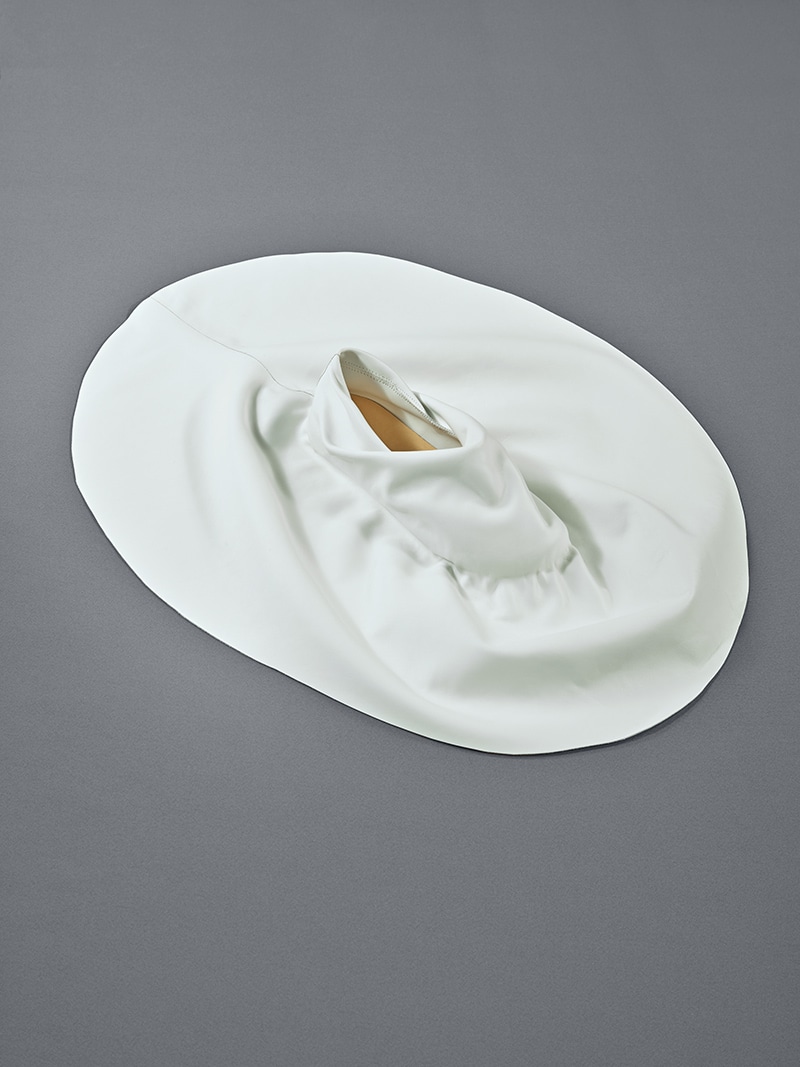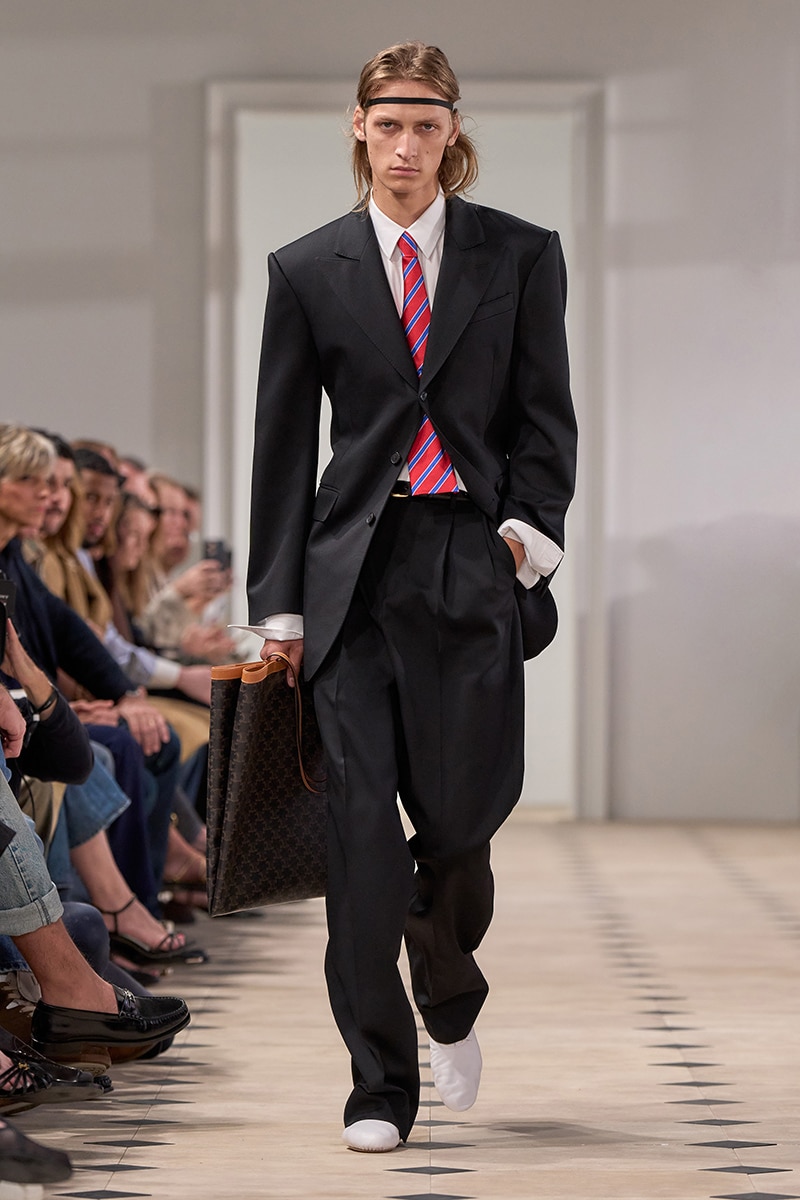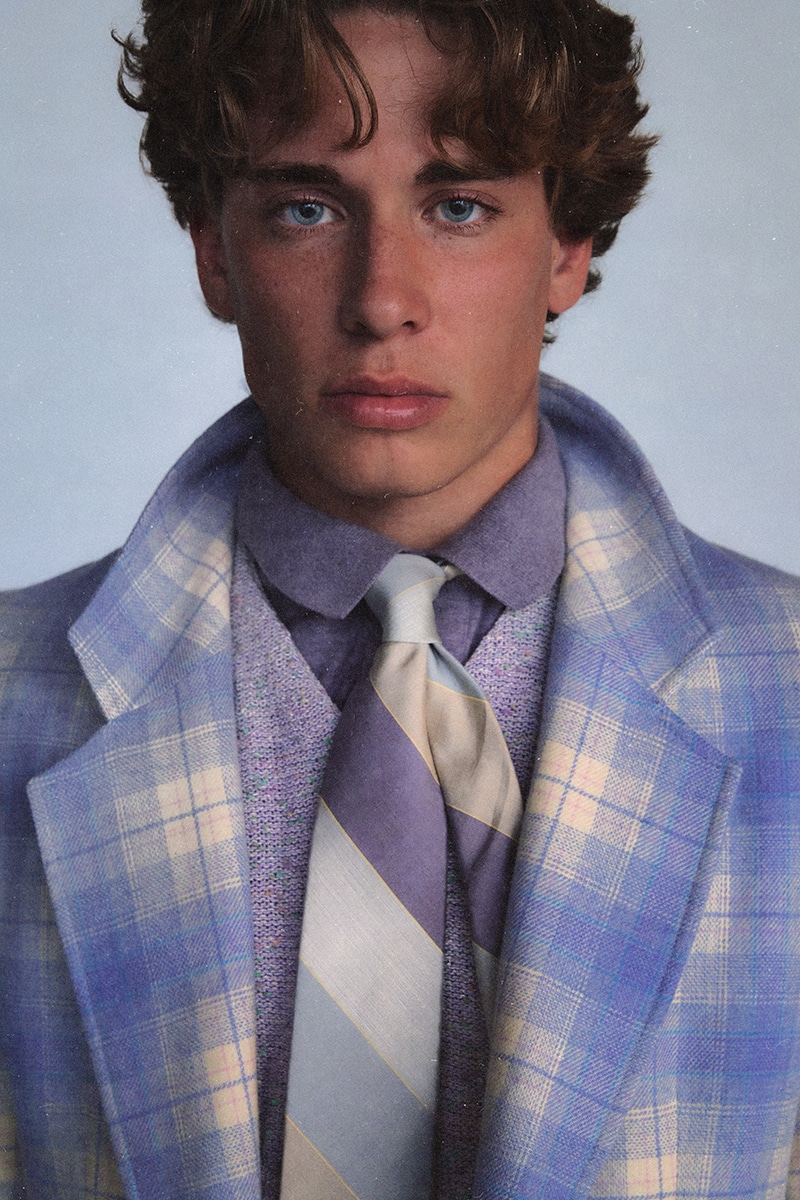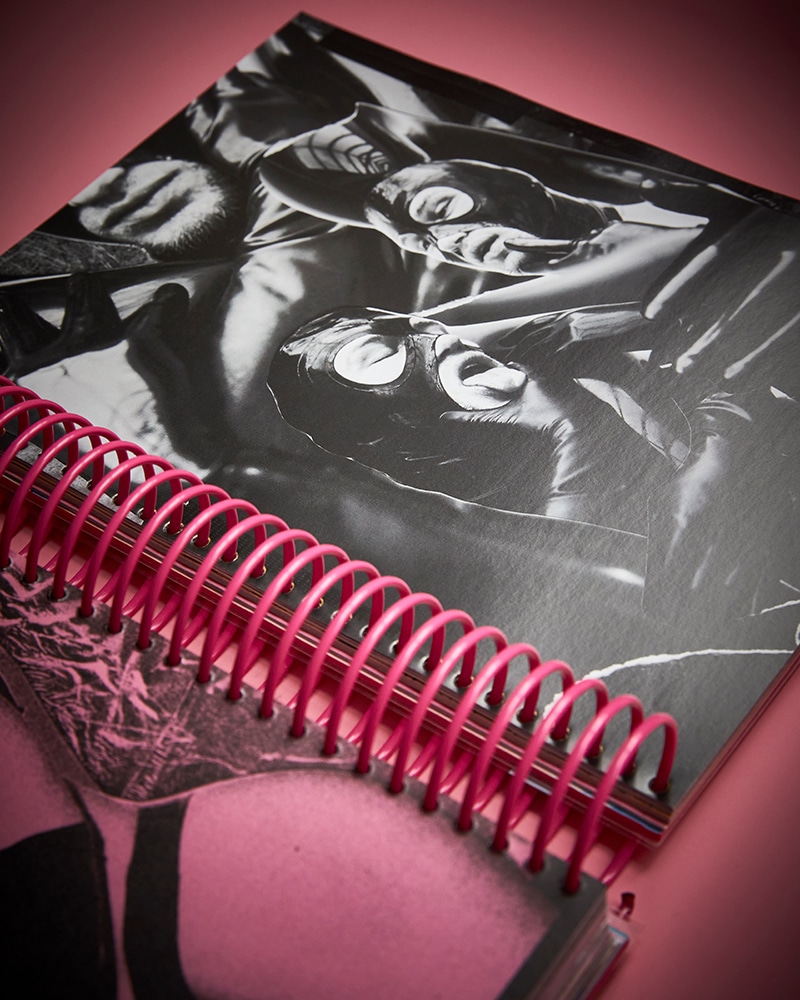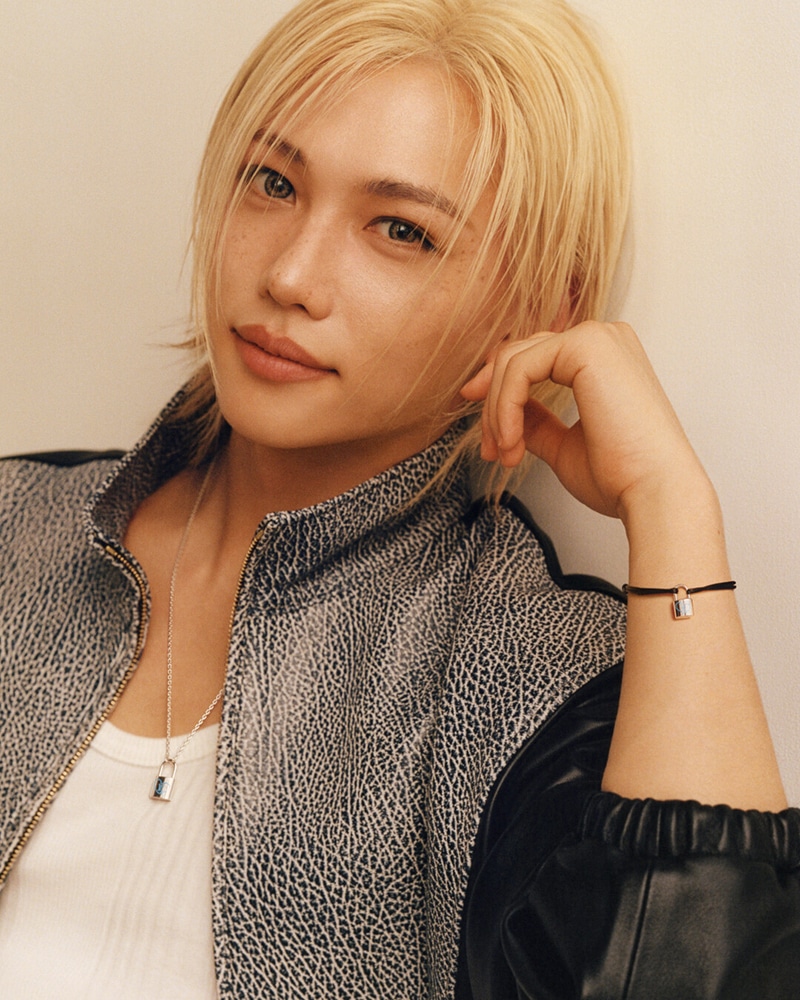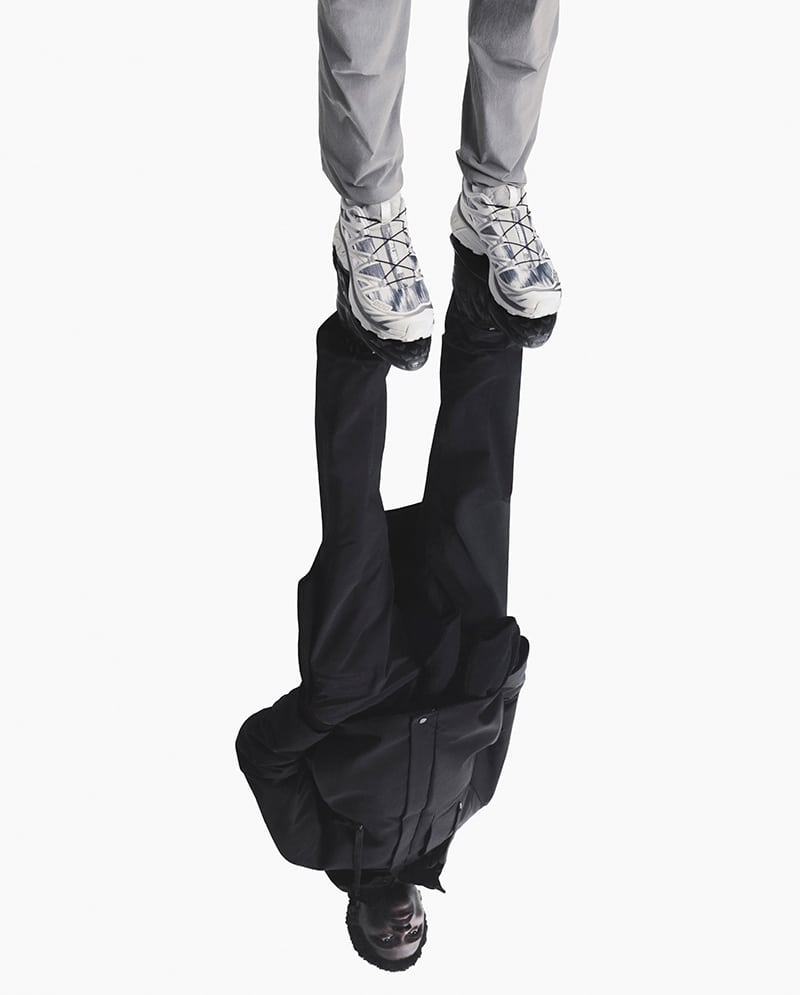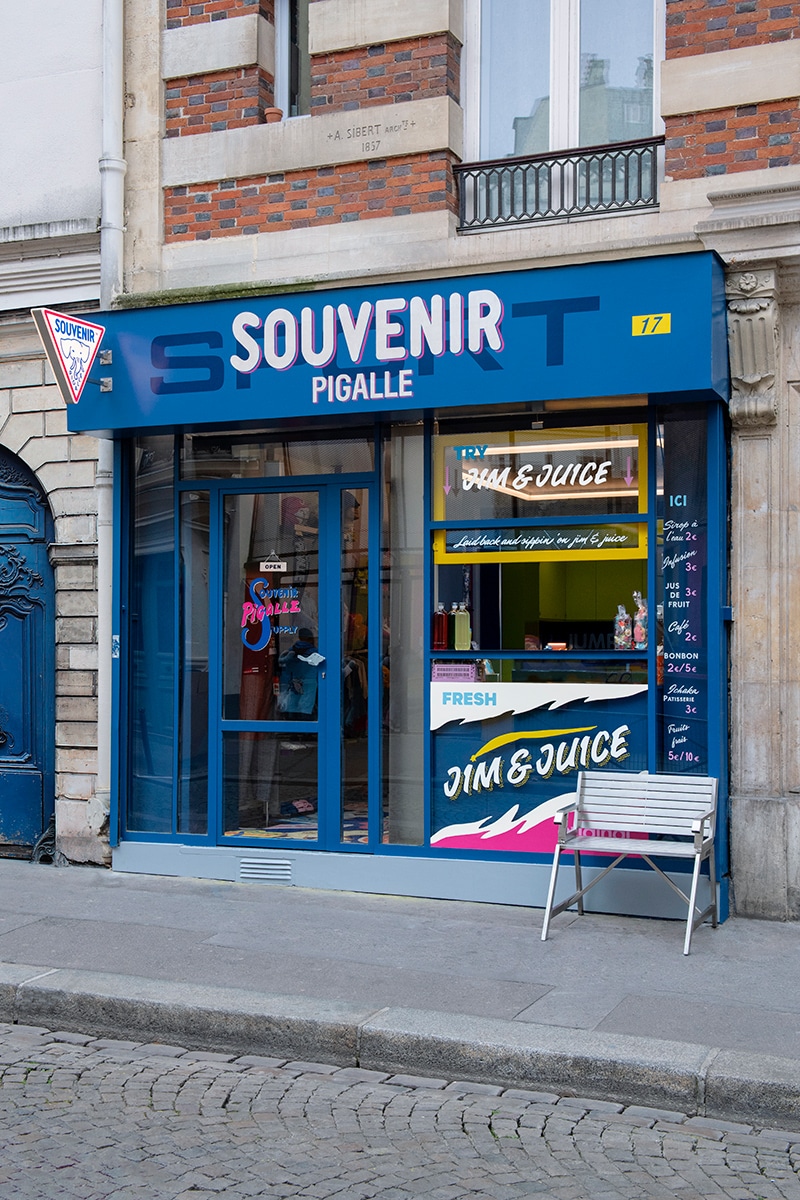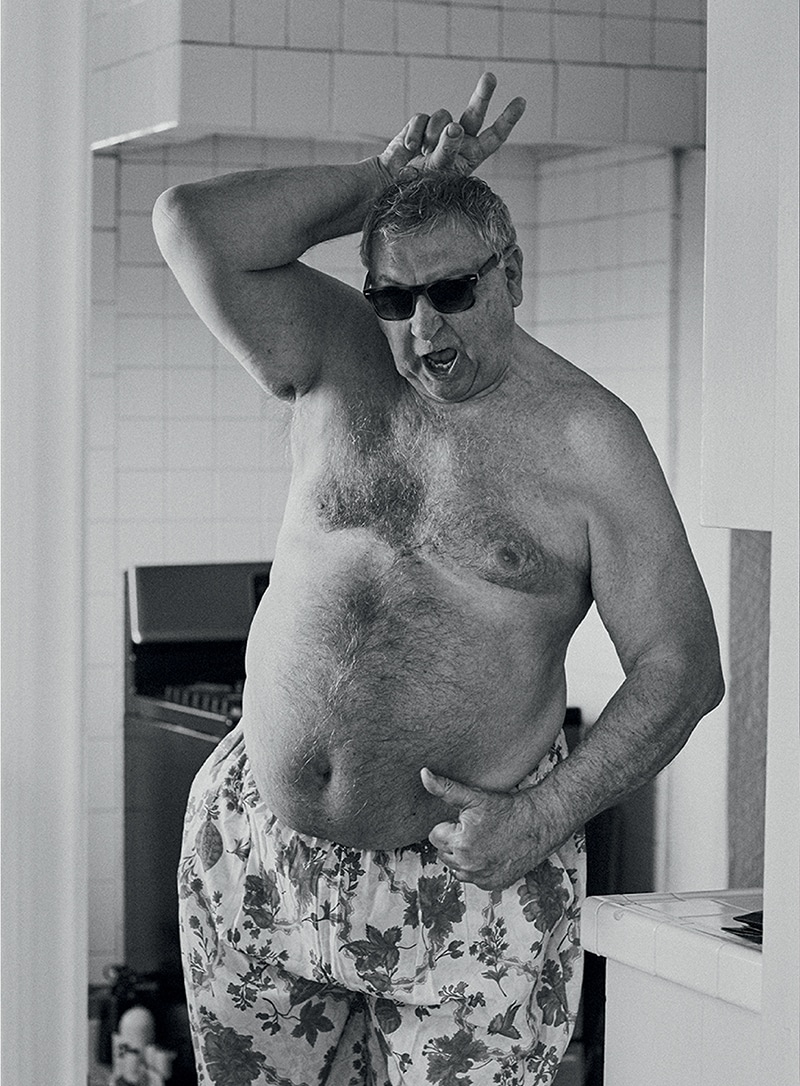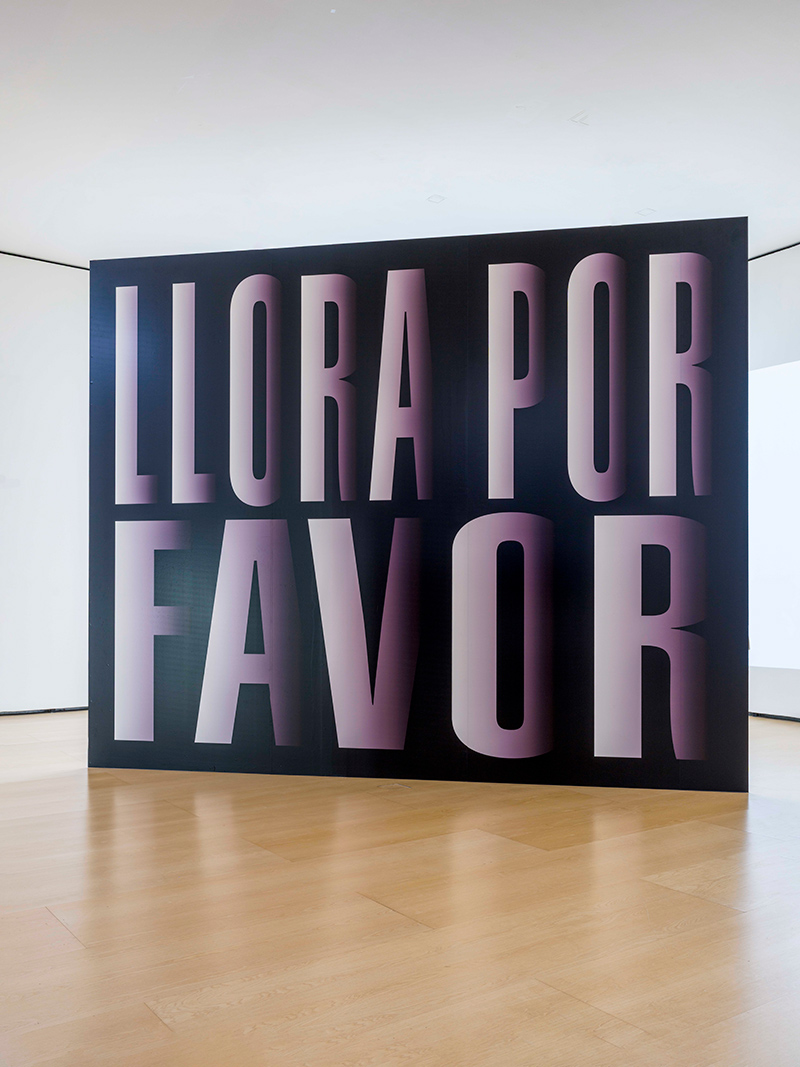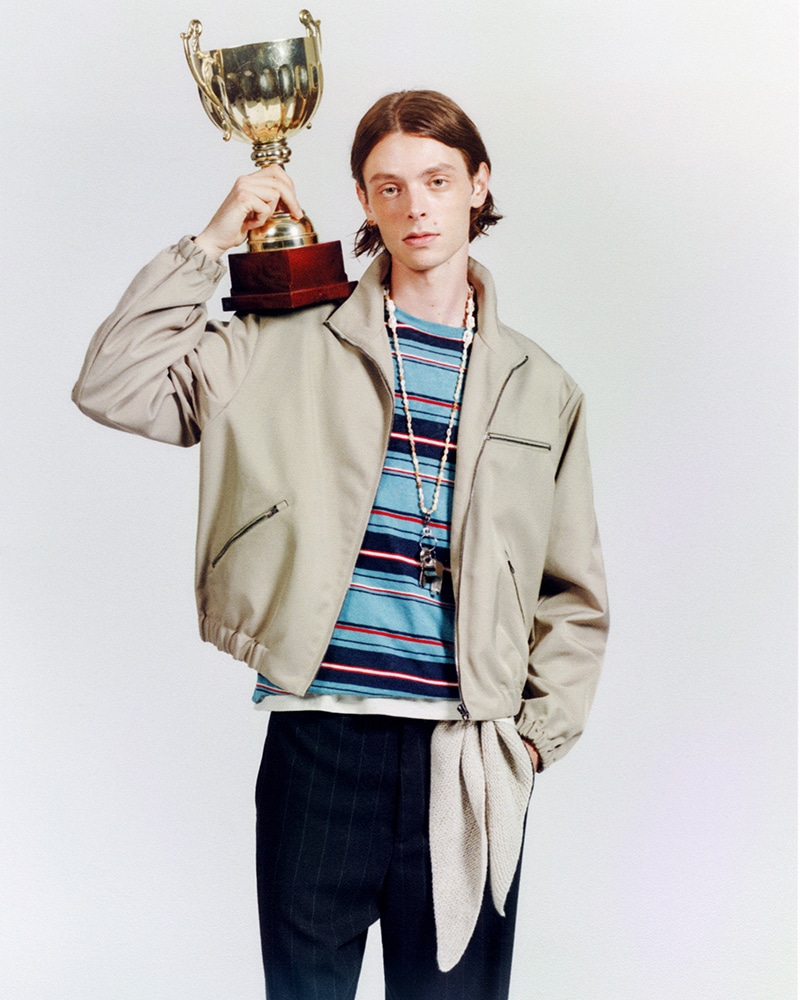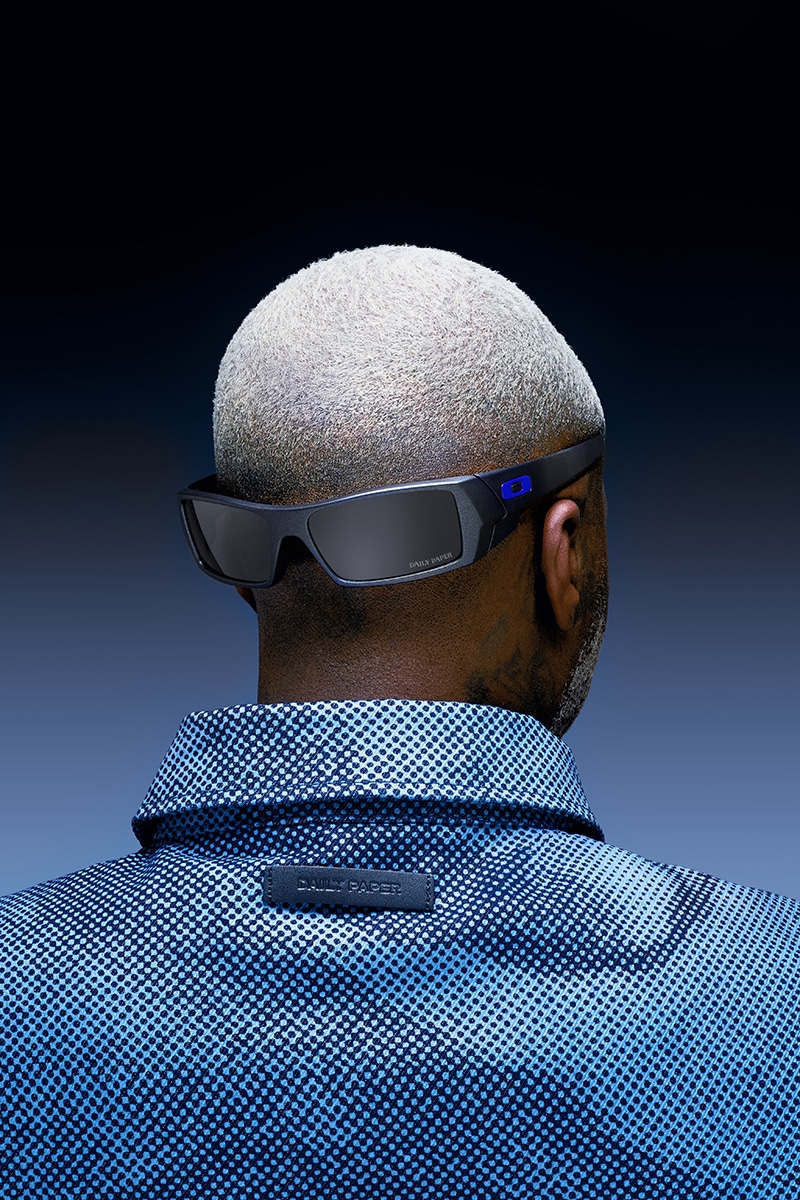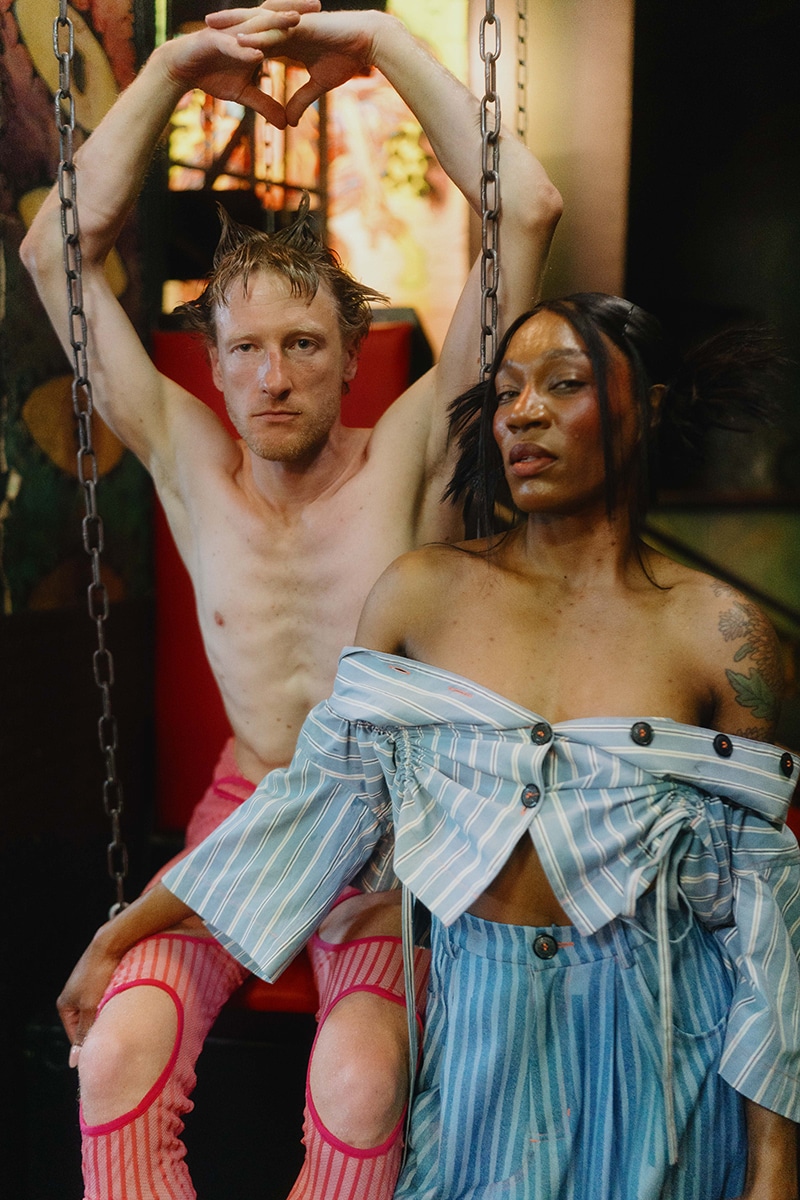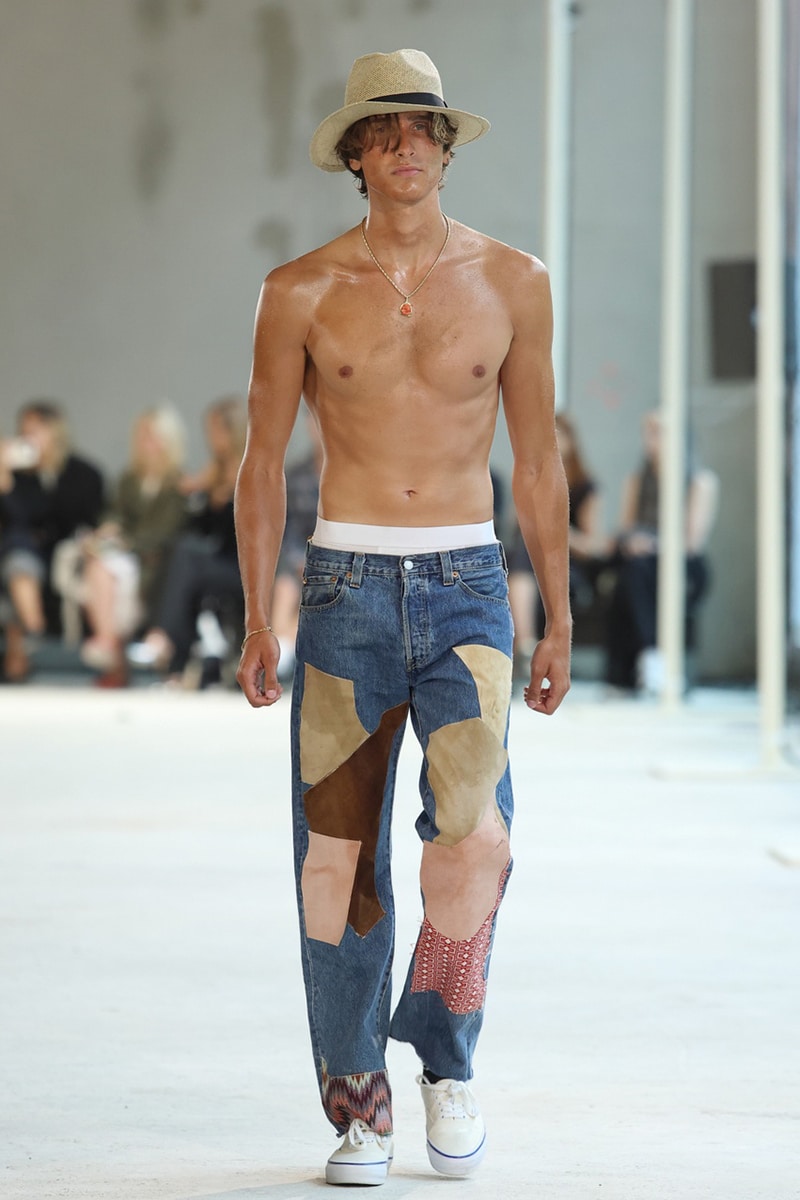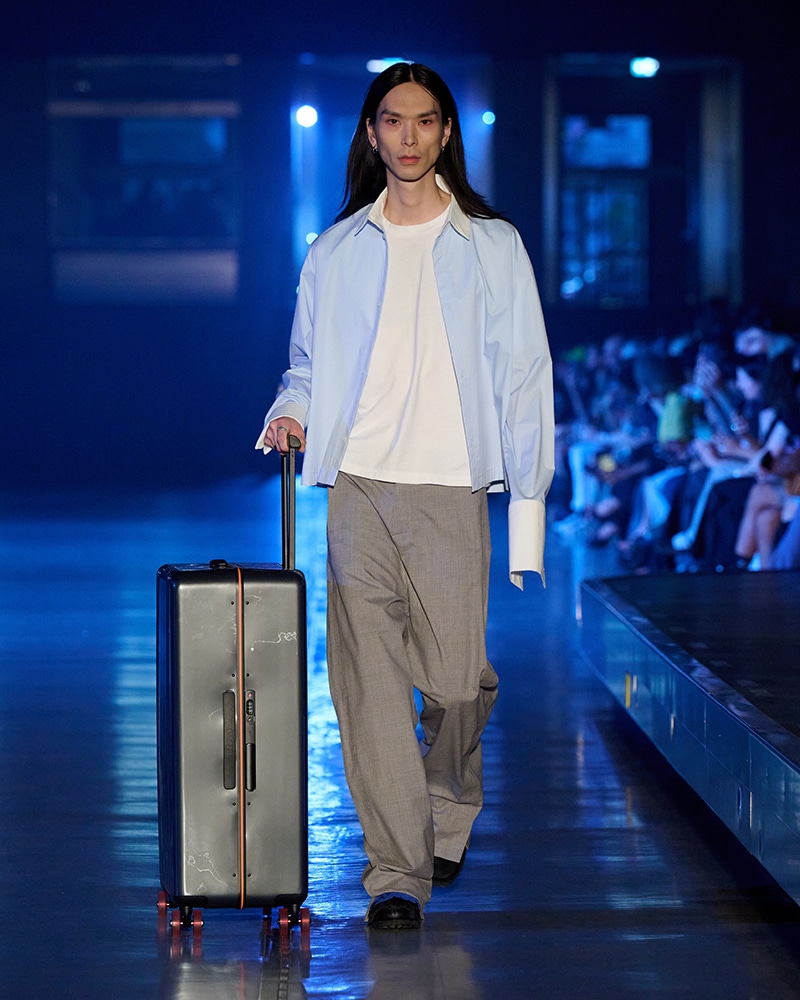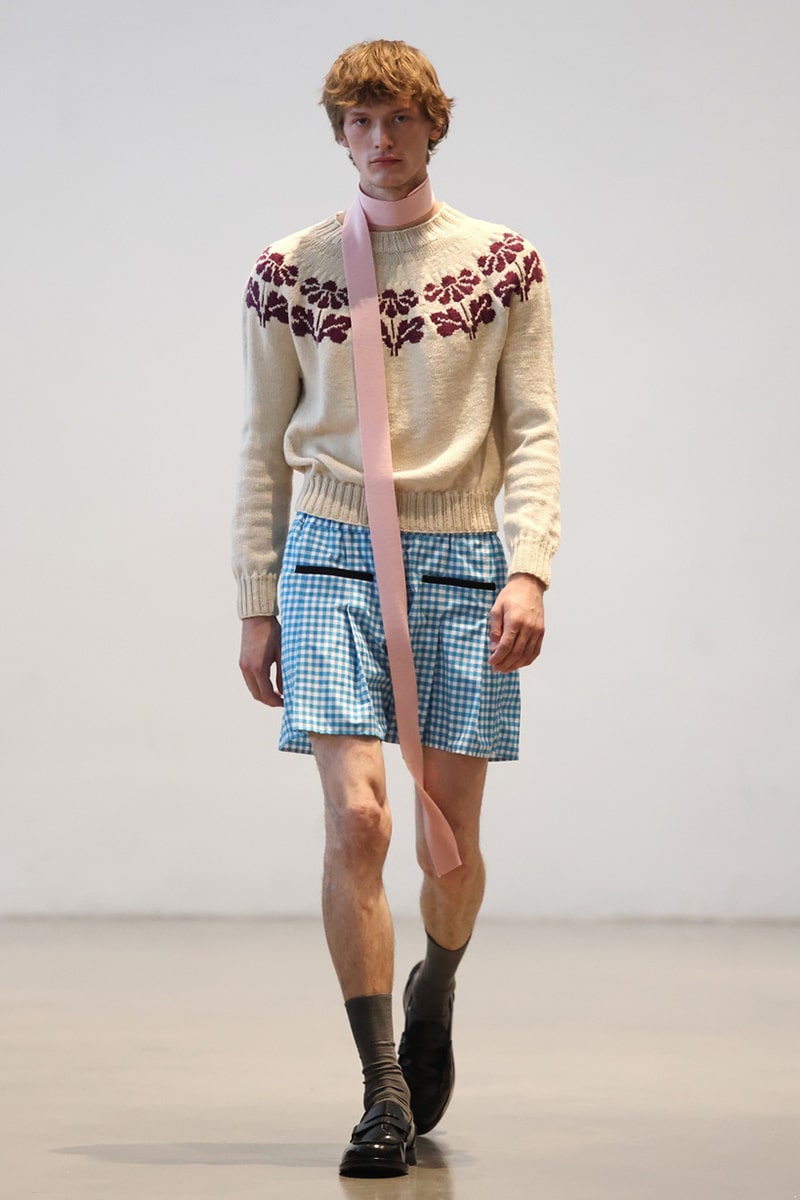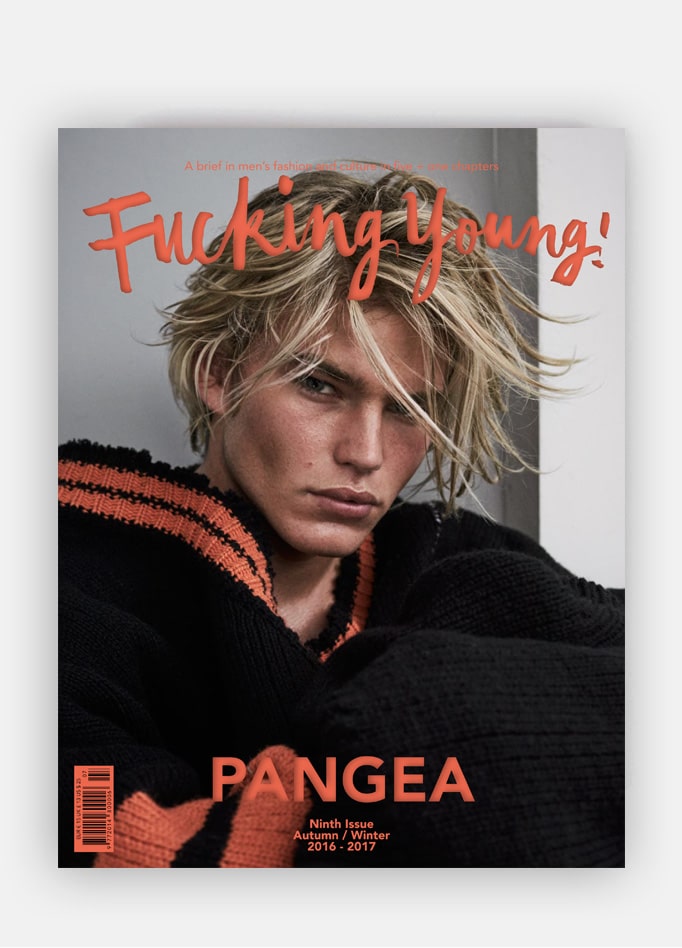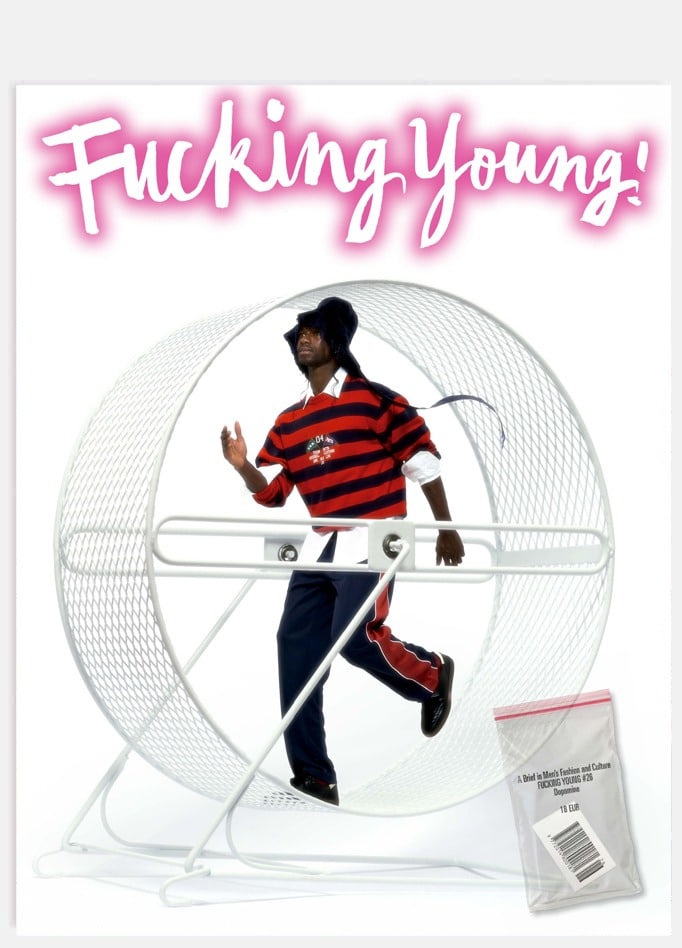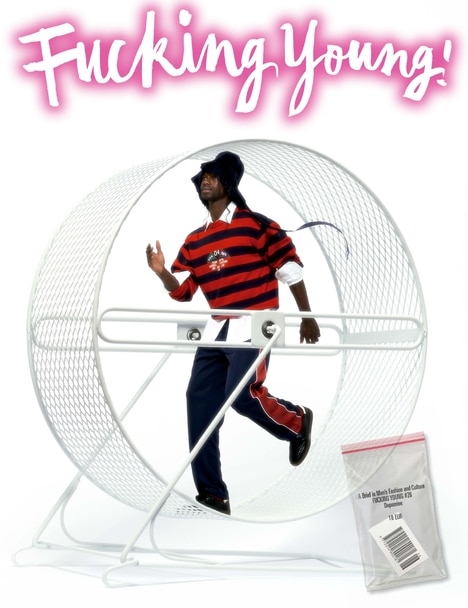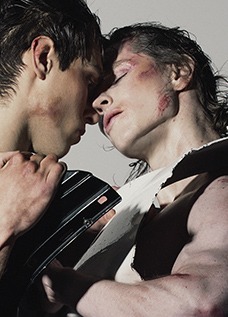What is it about Berlin that entices -and puzzles us- at the same time? With its rich history and welcoming open-mindedness, the German capital keeps attracting talented designers from all horizons. Full of contrasts -and rather enigmatic- the city does provide an exciting platform for anything underground or anti-conventional. When it comes to its key menswear protagonists, Berlin Fashion Week does stand for the avant-garde and a certain idea of progressive masculinity, which goes beyond traditional codes.
Efficiently coordinated and organized by the Fashion Council Germany, this Fall/Winter 25-26 edition of Berlin Fashion Week -which closed last Monday- did not have a single narrative thread, but offered multiple readings of manhood instead. The idea of a more mature way of dressing seemed to appeal to Berlin-based designers this time, but they delivered a version of contemporary elegance that had their own irreverent and singular twist. The most beautiful and emotional men’s show was GmbH, blowing the audience away with its balancing of fluidity and rigorous lines. Inspired by modernist Norwegian poet Gunvor Hofmo, Benjamin Alexander Huseby and Serhat Isik looked at the statement suits their own fathers wore, sharing private family pictures guests could find in an appendix next to the show notes. Looking your best is important for immigrants -‘Gastarbeiter’ in German, which literally means ‘guest worker’- because it provides them with a sense of self, confidence and identity. The collection dealt with dignity, respect and power, as well as corruption and lies within tumultuous times. What does it mean to be a man in 2025? Is it having the courage to voice your own opinions, standing for your key values and beliefs, or simply navigating life with an opportunistic mindset? While some of the pieces were adorned with slogans that felt very political, such as ‘Refuse to trade with the enemy’ or ‘Love & Justice’, the duo remained cryptic when it came to explaining the precise meaning of their show backstage. Still, there were lots of desirable clothes on display, and the appeal of a strong collection is precisely that it lends itself to several interpretations.
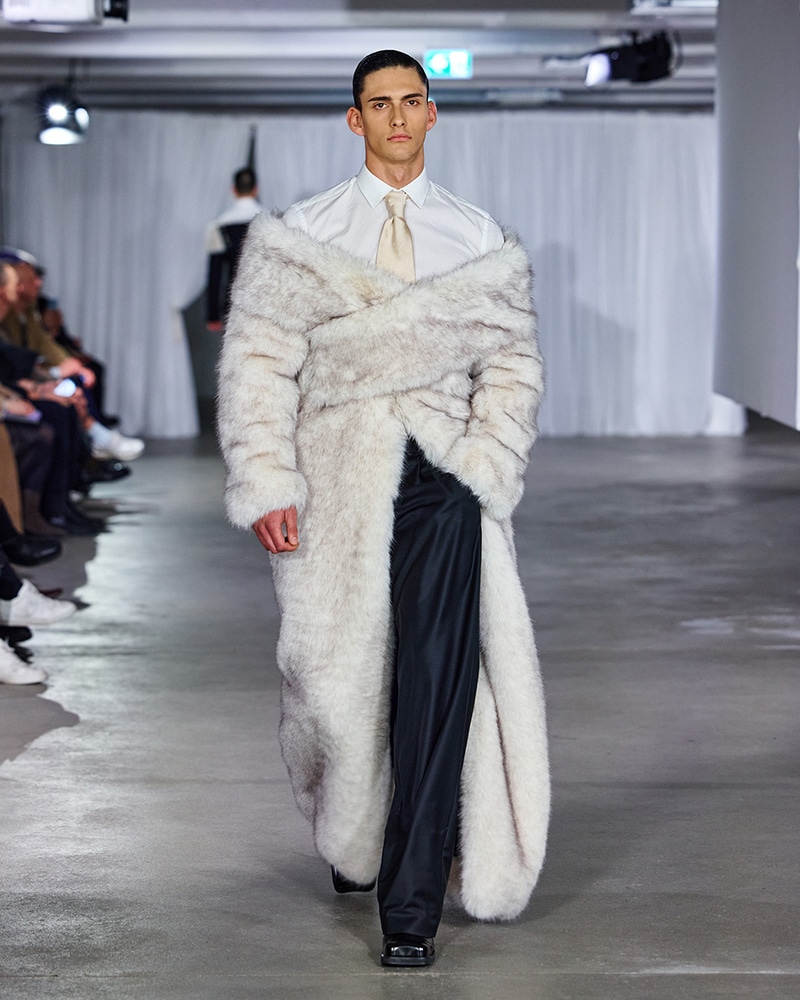
GmbH
For Johann Ehrhardt -whose label Haderlump is becoming a favorite among Berlin fashion insiders- the idea of travelling, and stylish wanderers, defined a collection that felt contemporary and refined at the same time. Ehrhardt loves a long coat, either fitted at the waist or with a sharp shoulder line evoking the 1950s. Drawing inspiration from the fabrics found within luxury trains at the time, Ehrhardt used beautiful wools and cottons, as well as a subdued color palette, ranging from gray and black to red and blue. Haderlump only sells its pieces online and sustainability does matter to the brand, which sourced materials from eBay this season and keeps its production local at all times, employing Berlin ateliers and their precious know-how.

Haderlump
You can count on Richert Beil to perpetuate a certain idea of the Berlin avant-garde, which remains one of the capital’s strongest features. His poignant show, entitled ‘Mutter’ and presented in an abandoned Kreuzberg bunker, examined performative aspects of parenthood, as well as the pressures that come with raising -and nurturing- kids. The men’s looks were particularly noticeable this season, including a black rubber double-breasted jacket with matching pants, slim-fitting sleeveless jackets and minimalistic blouson jackets with a single zip, while shirting of different lengths was layered on top of each other to convey the idea of a constricted silhouette.

Richert Beil
Beil also paired outerwear with skirts, which looked striking on the runway. His subtle gender-bending -a leitmotiv within the Berlin collections- was seamless and surprisingly effortless, hinting at a sense of complete sartorial freedom one can perhaps only experience on the streets of the German Capital.

